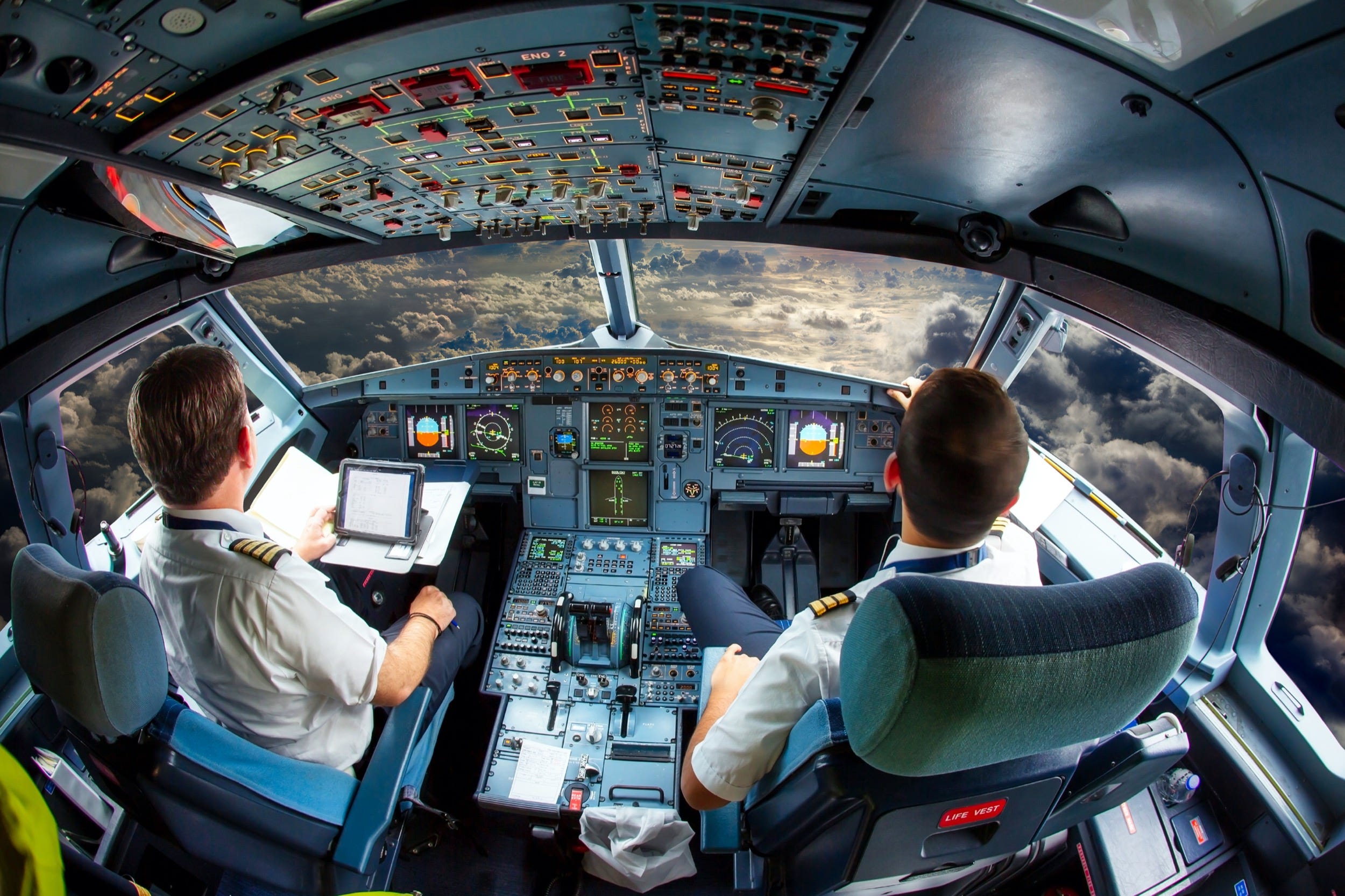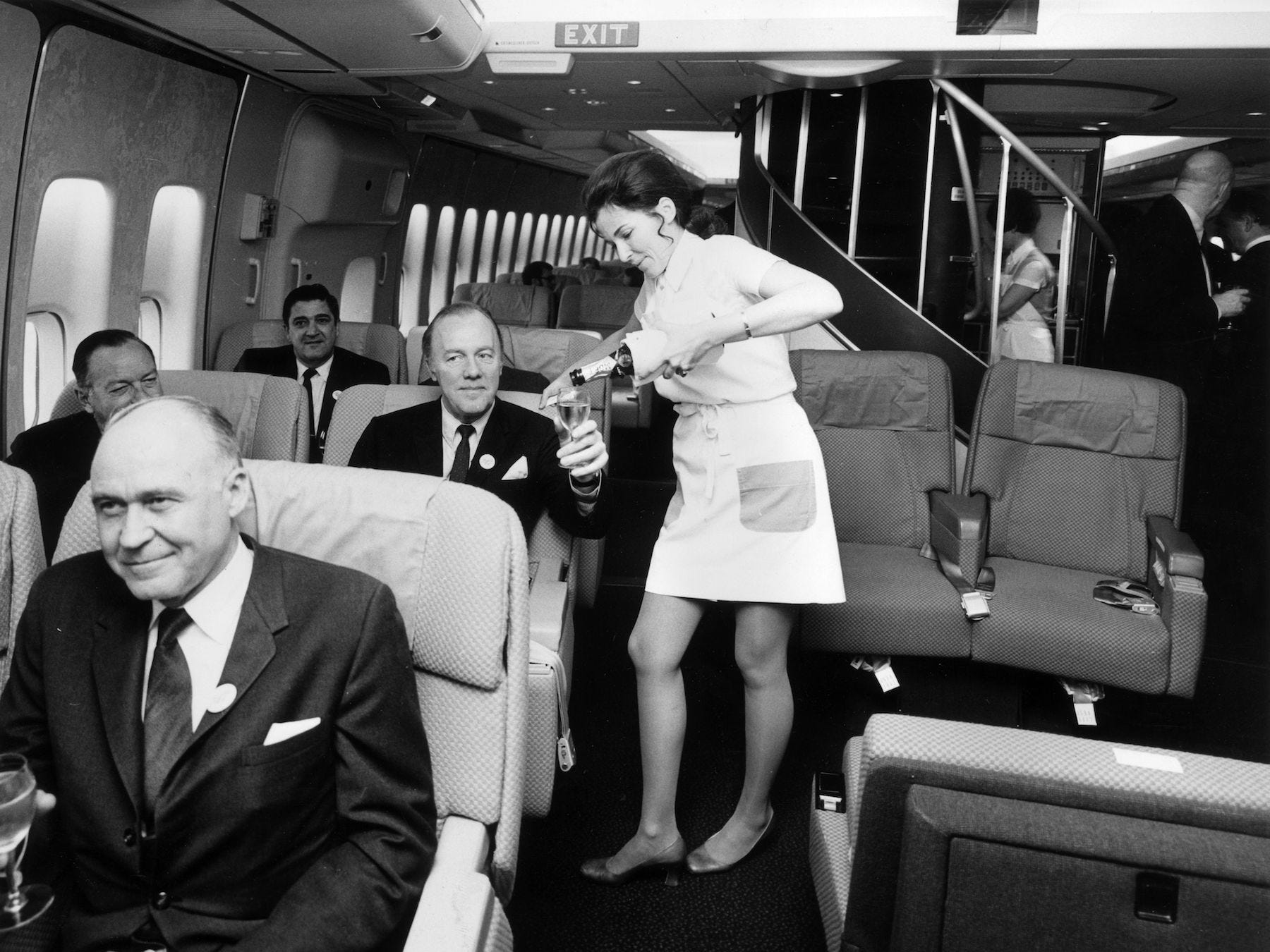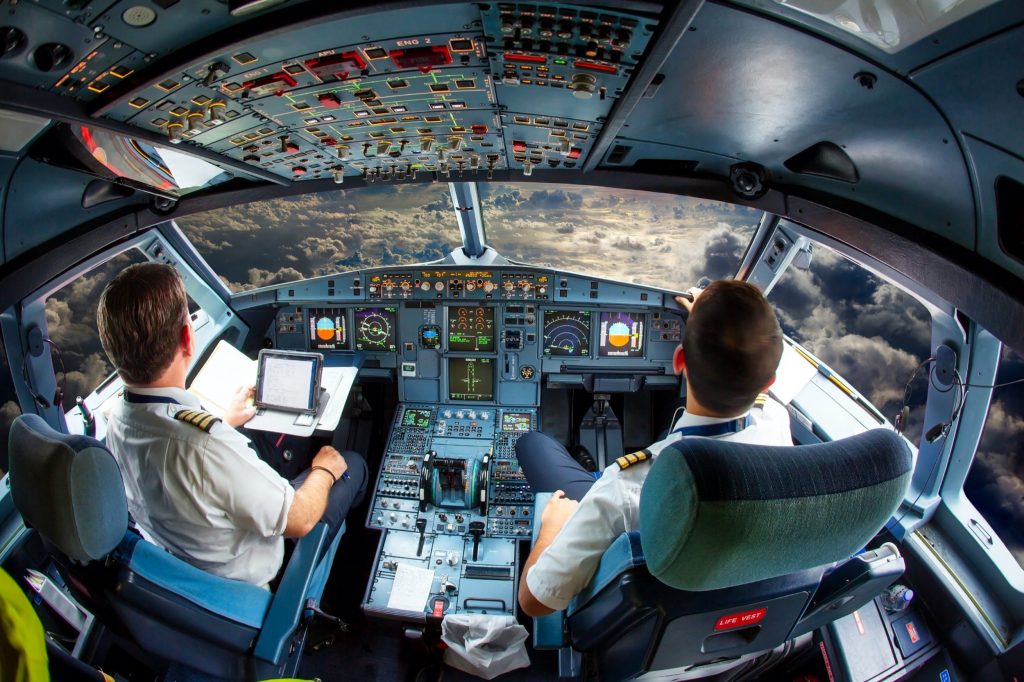
Shutterstock.com
- An FAA committee released a report recommending airlines shift to gender neutral language.
- The group recommended airlines replace words like "Airman" with "Aviator" to promote inclusivity.
- Women have little representation in the industry. 94% of pilots and flight engineers are white men.
- See more stories on Insider's business page.
The airline industry may soon move toward promoting more inclusive language in an effort to increase diversity.
On Wednesday, a Federal Aviation Administration advisory committee released a report recommending that airlines shift toward more gender neutral language by removing words like "Airman" and "Cockpit" from their lexicon.
The FAA group recommended airlines replace "airman" with "aviator" and "cockpit" with "flight deck." It also said "unmanned aerial system" should become "unscrewed aerial system" or "drone system," to name a few recommendations.
"Research shows that the utilization of general-neutral language can lead to a more inclusive environment that draws more people to the industry and helps keep them there," the committee said in its report.
The move would mirror changes that other organizations have made to be more inclusive toward women. In 2006, NASA decided that all terminology used in the space program would be gender neutral.
The recommendation from the FAA's drone advisory committee comes as a result of a push from the Biden administration for more equity in aviation - an industry that has been primarily dominated by white men. While many women serve as flight attendants, there are very few female or minority pilots and flight engineers. To date, about 94% of airline pilots and flight engineers are white men, according to data from US Bureau of Labor Statistics.
By bringing more female representation into the industry, airlines could help combat a shortage of pilots that threatens to halt a post pandemic boom in travel. Though, gender neutral terminology will not target the lack of minority representation in the industry.
The new terminology is one step toward addressing decades of sexism in the aviation industry
In the past, the industry has benefited from the sexualization of women. In the 1950s through 1960s, flight attendants - called stewardesses at the time - were hired based on looks and were required to be unmarried, Axios reports. Most flight attendants at the time were forced to retire by the age of 35, according to the Association of Flight Attendants-CWA.
Some airlines became known for their stewardesses and even used them to advertise in the 60s. Braniff International Airways' slogan was "Does your wife know you're flying with us?" While Pan Am asked: "How do you like your stewardesses?"

Tim Graham/Getty Images
By the 70s, many airlines had flight attendants donning hot pants and go-go boots. National Airlines spent $9.5 million on a 1971 campaign that read "I'm Cheryl. Fly Me." The company later expanded the ads to include "I'm going to fly you as you've never been flown before" and claimed it saw a 23% jump in bookings.
In the 80s, the industry began to gradually shift away from stringent physical requirements for flight attendants, as well as the sexual advertising schemes. Though, the Association of Flight Attendants notes women in the industry have continued to struggle with representation, as well as pay - the median annual wage for pilots is nearly double a flight attendant's salary, according to federal data.
In the past year, flight attendants have been forced to grapple with another set of issues. In May, a Southwest Airlines flight attendant allegedly lost two teeth after a passenger assaulted her.
That month, the FAA said it was seeing a spike of unruly and aggressive behavior on airlines, citing moments when passengers hit, yelled, and shoved flight attendants. Last week, several flight attendants told Insider's Allana Akhtar that they have faced "unprecedented" instances of violence and aggression in-air.

